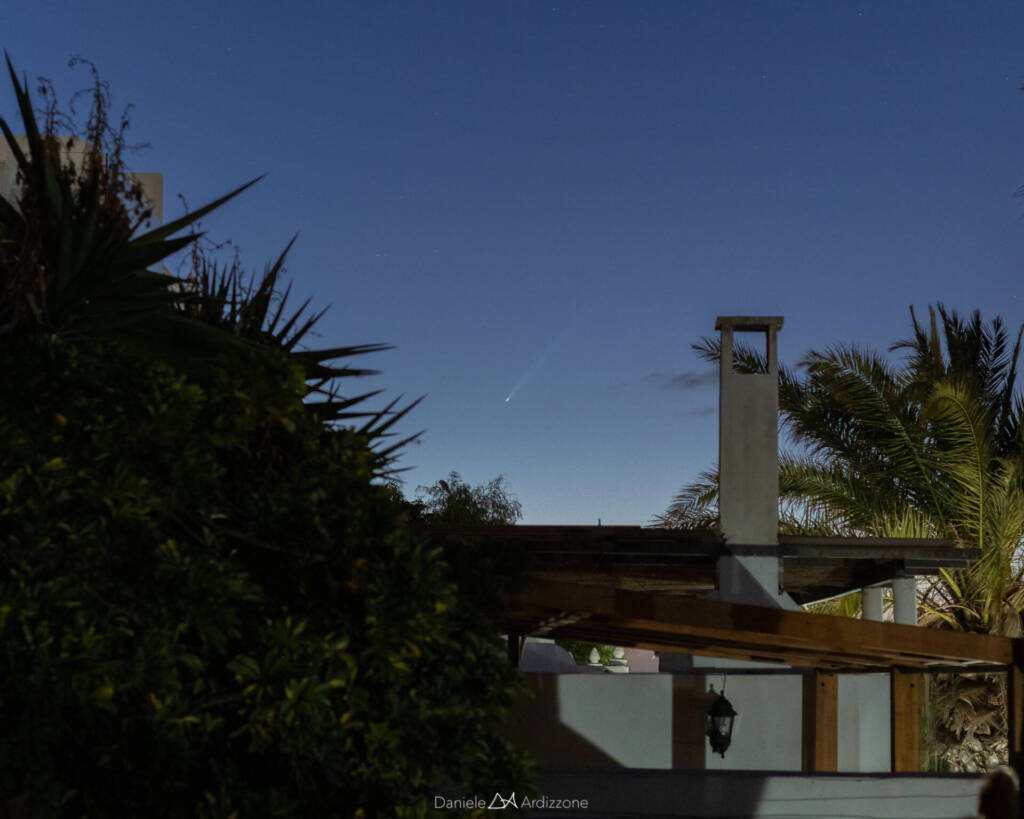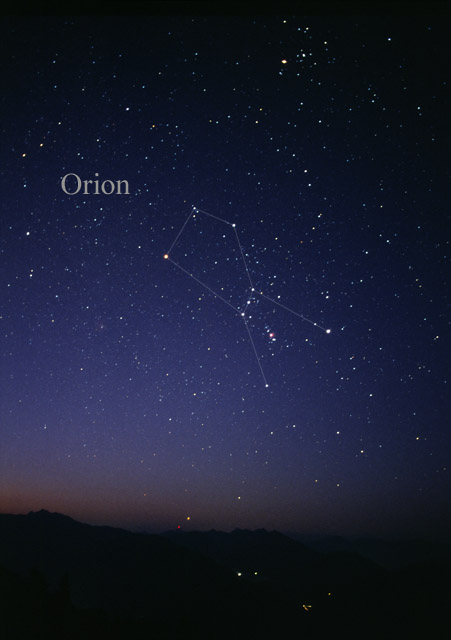
Unless you have been living under a rock, you will probably have read in the news and social media that a comet is getting close to our planet and could become visible to the naked eye. Although as usual the headlines use a fair amount of sensationalism to have you click on their articles and links, it is true that this comet could put up a show in the sky in the upcoming weeks. So let’s have a deeper look at this comet and what to really expect from it, to avoid unwarranted excitement followed by utter disappointment.
First, what is a comet? by definition, a comet is a “dirty snowball”, a piece of ice and dust originated in the Kuiper Belt or the Oort Cloud (on the outskirts of the Solar System) that heats up and and starts releasing gases as it passes close to the Sun. The tail we see is made of two components: the dust stream that is usually curved in shape, and a gas tail that always points away from the Sun, as it is affected by the solar wind following magnetic field lines rather than an orbital trajectory. The name “cometa” comes from the Greek “wearing long hair”. Comets usually have another faint feature, called coma, which is a thin but large atmosphere around the body that sometimes can look greenish through a telescope.
Depending on their eccentricity (how elliptical their orbits are), comets are considered short- or long-period: short-period comets usually come back around every 200 years maximum, whereas the orbits of non-periodic comets are highly eccentric and range from 200 to thousands, if not millions, of years. Some of these comets never return to the Solar System once they have come close to the Sun.
The full name of this comet is C/2023 A3 Tsuchinshan-ATLAS, quite a mouthful to be honest, so let’s break down the different components to understand what it means: C refers to non-periodic (as opposed to P = periodic). So the first bit of information we can get is that we will not see this comet again in our lifetime. 2023 is the year it was discovered. A represents the first half of January and it is followed by the number 3, which is the order in which the comet was discovered in that period (the third one). Finally, the two names represent the discoverers, in this case a Chinese astronomer and the ATLAS project.
Now that we know what the name means, let’s see why a lot of people are excited about this comet, and what to expect from it: first, it has already passed the perihelion (the closest point to the Sun) on September 27th, which means that it is not going to get any brighter, but that does not mean that it will not be visible! until now, people mostly in the southern hemisphere were able to spot it with the naked eye for a few days before it got too close to the Sun to be viewed. Because Tenerife is close to the Tropics, I was actually able to capture it from my house right before sunrise a few days ago. The good news is that it will reappear in the northern hemisphere right after sunset (so during our sunset and stargazing tours!!!) starting October 12th for about two weeks, each day getting higher above the horizon and showing a bit later when it gets darker.
The big question now is: will it survive the close encounter with the Sun? the problem with comets is that they are highly unpredictable in nature, because as they are exposed to the heat and winds from the Sun, they might break apart and dissolve. As they say, comets are like cats, they have a tail and they do what they want!
So, until it separates from the Sun enough for us to see it again, we have no way of knowing for sure, but if it has survived perihelion, it might be visible to the naked eye and offer a great show.
Check this blog regularly because Daniele, our in-house astrophotographer, will try and capture the comet and share it with our followers. However, if you want front row seats to the show, book a tour with us and you will be able to see it live. If you are not on the island, scan the sky looking west right after sunset if you want to have a chance to see it, but make sure you have a very clear view of the horizon otherwise it might be difficult to spot it. Let’s see if comet C/2023 A3 Tsuchinshan-ATLAS lives up to the hype!
Written by Daniele Ardizzone



